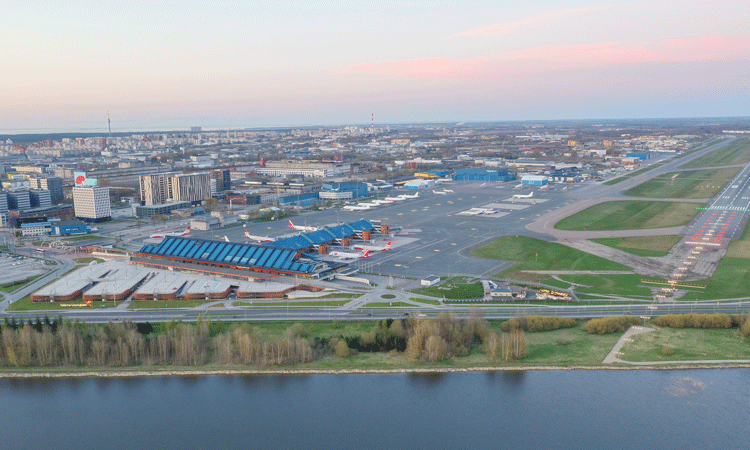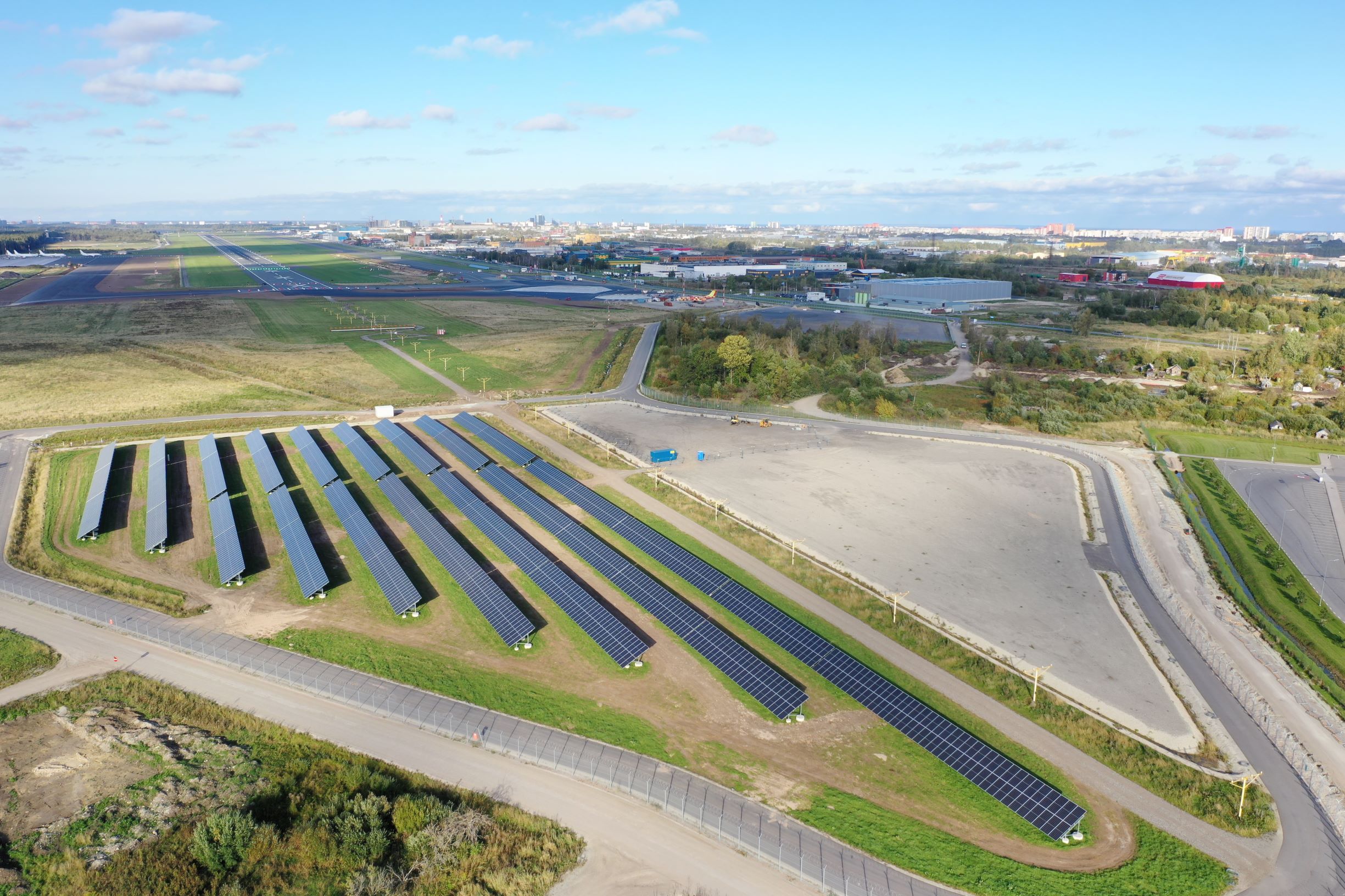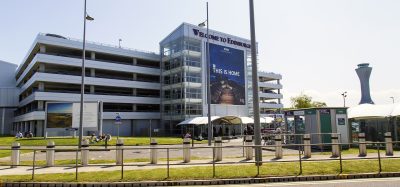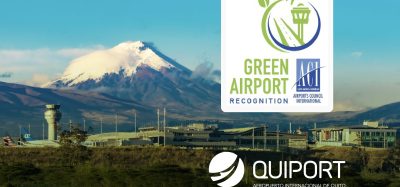Tallin Airport: The future airport experience
Posted: 23 February 2022 | Riivo Tuvike | No comments yet
Riivo Tuvike, the CEO of Tallinn Airport describes the future airport as a cosy, fast, automated, and sustainable place to start a journey.


Credit: Tallinn Airport (TLL)
Imagine Christmas holidays in 2030. You are going to the airport with an autonomous car, which will park just next to the terminal entrance. You walk in and see no check-in desks or kiosks – just a bag drop area where you can send your baggage to the plane. You already checked in at home. Security control is fully automatic, there is only some security personnel. There is no need to take liquids out of the bag or to take your coat off when passing security screening. When walking to the gate you see some airport staff, who are customer experience managers there to help and guide you in the terminal and ensure that your airport experience is seamless. When going to the plane you pass an automatic boarding gate. Your plane runs on environmentally friendly green hydrogen fuel.
Could this be true for 2030? Probably not 100 per cent, more likely for 2050, but some of these features will certainly become standard. We often tend to overestimate long-term trends (we think they are to arrive faster) and underestimate short-term trends. I believe in 2030, airports will generally look the same as today, they will just be more autonomous, green, and financially less dependent on passengers. The COVID-19 pandemic has taught us that to become more resilient to future crises, we need to become more efficient, expand our income portfolio and do it all in an environmentally friendly way.
Using new technologies and digital enhancements
We become more efficient when introducing new technologies, for instance, biometric or C3 security screening scanners, but also by reviewing our processes and habits that form the structure of our operations. The pandemic has taught us to work with speed and flexibility, and many of us in the airport industry probably feel that what we did during the pandemic was impossible – so many changes were introduced to our organisations. We were like start-ups – agile, fast, and flexible in decision making. Let’s not forget that experience! There is one more thing that we need to learn from start-ups. Simplicity. Our processes have evolved over years and there are many relicts from the past that are no longer valid. Often, we even do not realise this anymore as we think that the situation is completely normal without questioning its meaningfulness. Our processes have become overly complicated, and this incurs costs to the organisation. Speed, flexibility, and simplicity, on the other hand, help us to reduce costs.
The pandemic has taught us to work with speed and flexibility, and many of us in the airport industry probably feel that what we did during the pandemic was impossible – so many changes were introduced to our organisations”
Looking at the entire passenger experience package
During the pandemic, we saw a huge drop in passenger numbers. In Tallinn Airport (TLL), at the lowest point, we have had just four scheduled flights during a week, and we were lucky, as many airports out there had zero. This resulted in a huge drop in income and put many airport operators under financial stress, which led them to ask for state aid or for injection of capital by the owner. It demonstrates that we cannot rely so much on passenger-related income and need to expand our income portfolio. Perhaps a good example to follow is the evolution of shopping centres in the past 20 years. These used to be solely shopping districts, but now they are more akin to entertainment centres with cinemas, restaurants, playgrounds, turning them into places where you just spend time. Why not remake airport terminals into modern shopping centres with entertainment features? Taking a plane is not the only reason you go to the airport terminal. There are, of course, many physical constraints, but we need to think in this direction. During the pandemic, we accelerated investment into cargo and MRO infrastructure to attract new companies to the airport. In November 2021, we will finish the first stage of development: the infrastructure will be ready, and we will be able to move forward to build indoor space with a total capacity of up to 180,000m2 to our new partners. Several locations are already booked by new tenants.
A sustainable airport future
2030 airports will still look like airports – just smarter, with better passenger experience, more resilient to crises, and much greener. We all have learned from this pandemic”
CO2 neutrality will be the license to operate in 2030 and we all need to start moving in this direction today. Political and social pressure is not the main reason, although we cannot underestimate that, too. In Tallinn, today we generate ca. 10 per cent of electricity from solar farms. In the next two years, we will reach 30 to40 per cent share and we are already planning activities for after 2023.


Credit: Tallinn Airport (TLL)
Electricity production generates 76 per cent of CO2 in our airport and with solar farms we will perform a major leap forward to becoming CO2 neutral. Gradually replacing fossil fuel-based ground handling equipment is important as well.
2030 airports will still look like airports – just smarter, with better passenger experience, more resilient to crises, and much greener. We all have learned from this pandemic. We have become more agile and creative in generating new income sources and getting more efficient, and we must continue this way!
Biography


Stay Connected with International Airport Review — Subscribe for Free!
Get exclusive access to the latest airport and aviation industry insights from International Airport Review — tailored to your interests.
✅ Expert-Led Webinars – Gain insights from global aviation leaders
✅ Weekly News & Reports – Airport innovation, thought leadership, and industry trends
✅ Exclusive Industry Insights – Discover cutting-edge technologies shaping the future of air travel
✅ International Airport Summit – Join our flagship event to network with industry leaders and explore the latest advancements
Choose the updates that matter most to you.
Sign up now to stay informed, inspired, and connected — all for free!
Thank you for being part of our aviation community. Let’s keep shaping the future of airports together!
Related topics
Air freight and cargo, Airport development, Airside operations, Cargo, COVID-19, Emissions, Parking, Security, Sustainability, Sustainable development, Terminal operations


















